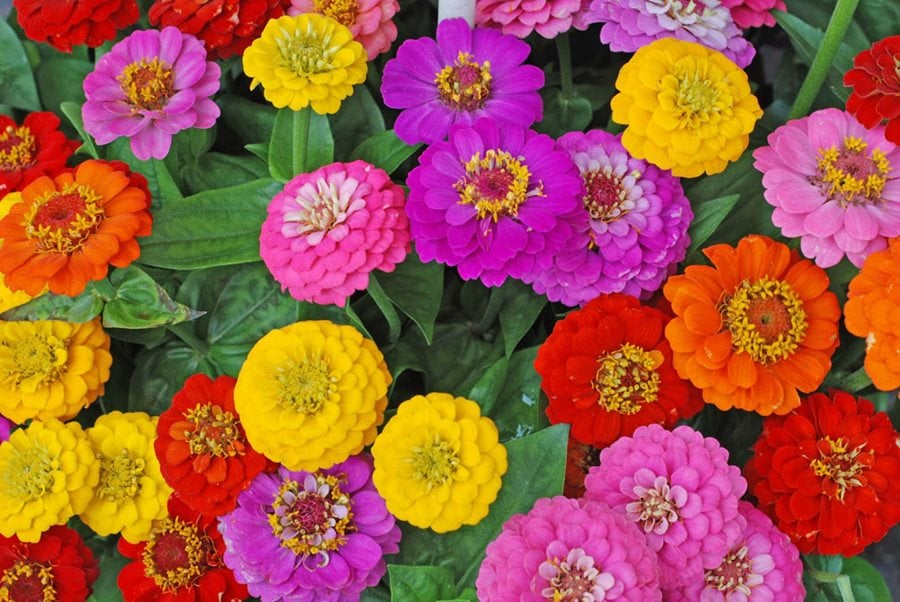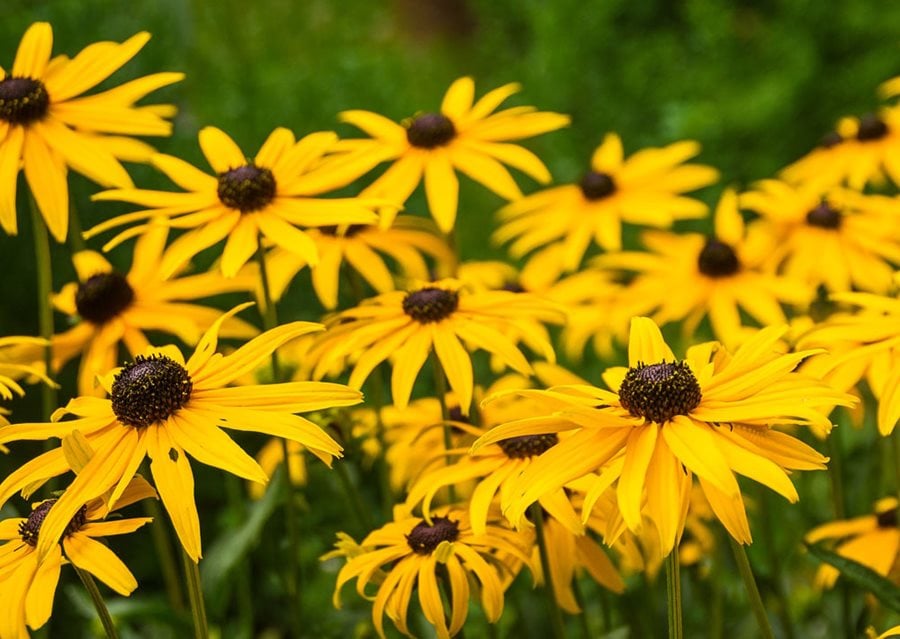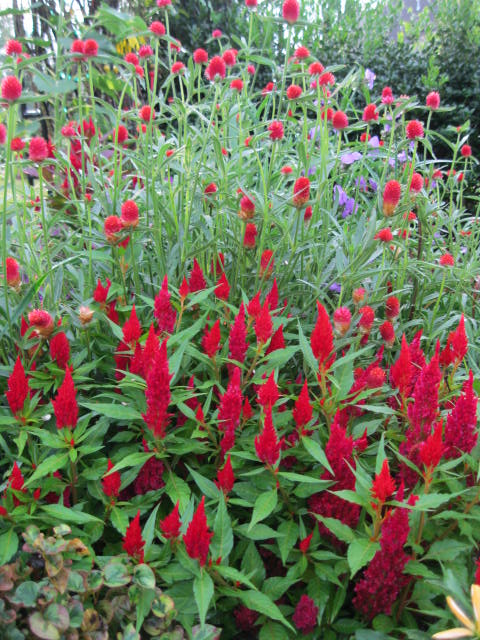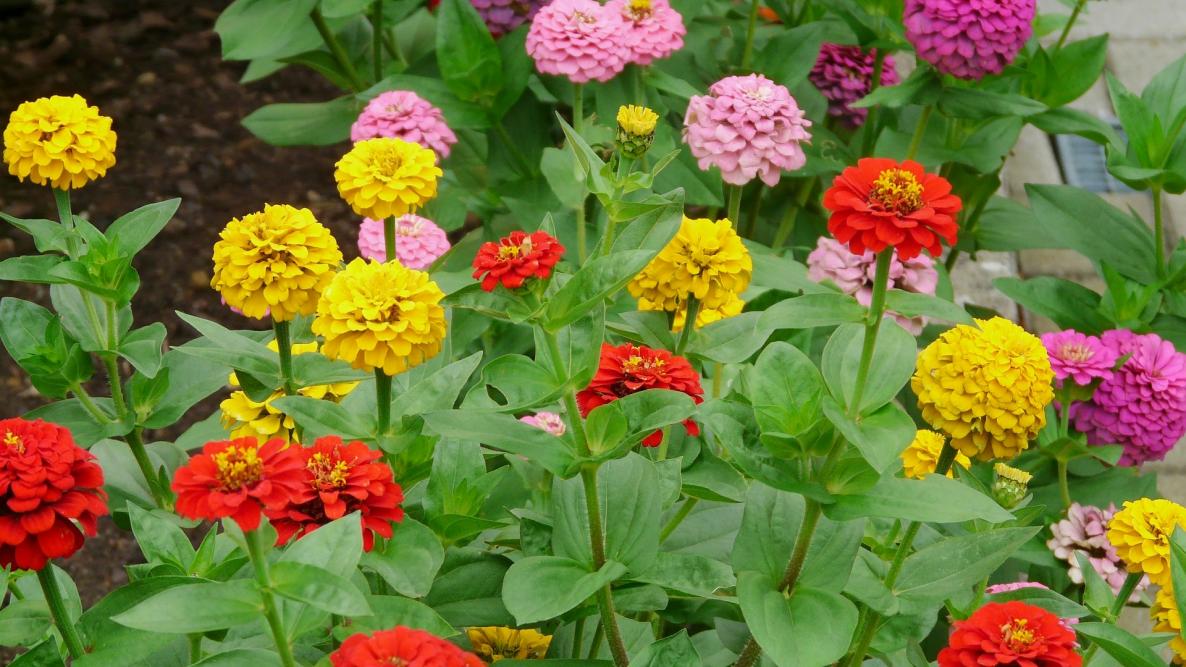Best Companion Plants For Gomphrena
Best Companion Plants for Gomphrena
Gomphrena, also known as globe amaranth, is a beautiful annual flower that is known for its colorful bracts. It is a warm-season flower that is native to tropical and subtropical regions, but it can be grown in many parts of the world. Gomphrena is a versatile plant that can be grown in a variety of settings, including gardens, containers, and cut flower arrangements.
One of the best things about gomphrena is that it is easy to grow and care for. It is a drought-tolerant plant that does not require a lot of fertilizer. Gomphrena is also a relatively pest- and disease-resistant plant.
If you are looking to add some gomphrena to your garden, you may be wondering what companion plants would work well with it. Here are a few of the best companion plants for gomphrena:
- Lantana: Lantana is a colorful flowering shrub that is native to tropical and subtropical regions. It is a good companion plant for gomphrena because it has similar growing requirements. Lantana also attracts butterflies and other pollinators, which can help to improve the pollination of your gomphrena plants.
- Zinnias: Zinnias are another colorful annual flower that is a good companion plant for gomphrena. Zinnias are easy to grow and care for, and they attract butterflies and other pollinators. Zinnias also come in a variety of colors, which can help to create a colorful and attractive garden.

- Gazania: Gazania is a colorful daisy-like flower that is native to South Africa. It is a good companion plant for gomphrena because it is drought-tolerant and heat-tolerant. Gazania also attracts butterflies and other pollinators.

- Rudbeckia: Rudbeckia, also known as black-eyed Susan, is a tall, herbaceous perennial that is native to North America. It is a good companion plant for gomphrena because it has similar growing requirements. Rudbeckia also attracts butterflies and other pollinators.

- Celosia: Celosia is a colorful flowering plant that is native to tropical and subtropical regions. It is a good companion plant for gomphrena because it has similar growing requirements. Celosia also attracts butterflies and other pollinators.

In addition to these plants, there are a number of other companion plants that would work well with gomphrena. Some other good options include marigolds, cosmos, sunflowers, and salvia.
When choosing companion plants for gomphrena, it is important to consider the plant's growing requirements. You want to choose plants that have similar water, sunlight, and soil requirements. You also want to choose plants that will not compete with each other for nutrients.
By choosing the right companion plants, you can create a beautiful and thriving garden. Gomphrena is a versatile flower that can be paired with a variety of other plants to create a stunning display.
Gomphrena is a beautiful annual flower that comes in a variety of colors, including pink, red, orange, yellow, and white. It is a relatively easy flower to grow, and it can be planted in almost any soil condition. However, one of the most important things to consider when planting gomphrena is its companion plants.
There are a number of different plants that can be grown with gomphrena, but some of the best include:
- Zinnias
- Celosia
- Lantana
- Gazania
- Rudbeckia
These plants all have similar growing requirements as gomphrena, and they will help to attract pollinators to your garden. They will also help to create a more visually appealing garden.
If you are looking for more information about gomphrena companion plants, I recommend visiting the website Gardenia Inspiration. This website has a comprehensive list of companion plants for gomphrena, as well as other information about growing this beautiful flower.
FAQ of gomphrena companion plants
Q: What are some good companion plants for gomphrena?
A: Gomphrena is a versatile plant that can be paired with a variety of other plants. Some of the best companion plants for gomphrena include:
These plants all have similar growing conditions and can help to attract pollinators to your garden. They also complement gomphrena's bright colors, creating a stunning display.
Q: What are the benefits of companion planting with gomphrena?
A: There are several benefits to companion planting with gomphrena. For example, companion plants can help to:
- Attract pollinators
- Improve soil health
- Suppress weeds
- Provide shade
- Deter pests
By planting gomphrena with compatible companion plants, you can create a more beautiful, productive, and pest-resistant garden.
Q: How do I choose the right companion plants for gomphrena?
A: When choosing companion plants for gomphrena, there are a few things to keep in mind. First, consider the growing conditions of your garden. Gomphrena prefers full sun and well-drained soil. So, you'll want to choose companion plants that have similar requirements.
Second, consider the colors of your gomphrena plants. If you have bright red or orange gomphrena, you might want to choose companion plants with complementary colors, such as yellow or blue.
Finally, consider the purpose of your garden. If you're growing gomphrena for cut flowers, you'll want to choose companion plants that will help to attract pollinators.
Q: How far apart should I plant gomphrena and its companion plants?
A: The spacing requirements for gomphrena and its companion plants will vary depending on the specific plants you're growing. However, as a general rule, you'll want to space gomphrena plants about 12-18 inches apart. Companion plants can be spaced closer together, depending on their size.
Q: Where is the best place to plant gomphrena?
A: Gomphrena is a relatively easy plant to grow and can be planted in a variety of locations. However, it does best in full sun and well-drained soil. If you live in a hot climate, you may want to plant gomphrena in a location that gets some afternoon shade.
Image of gomphrena companion plants
- Marigolds. Marigolds and gomphrena are both annuals that bloom in the summer. They have similar flower colors, so they look great planted together. Marigolds also help to repel pests, which is a benefit for gomphrena.

- Celosia. Celosia is another annual that blooms in the summer. It comes in a variety of colors, so you can mix and match it with gomphrena to create a colorful garden.

- Cosmos. Cosmos is a tall annual that blooms in the summer. It is a good choice for companion planting with gomphrena because it helps to create a vertical element in the garden.

- Zinnias. Zinnias are another tall annual that blooms in the summer. They are a good choice for companion planting with gomphrena because they have similar flower colors and bloom at the same time.

- Lavender. Lavender is a perennial that blooms in the summer. It is a good choice for companion planting with gomphrena because it helps to attract pollinators and repel pests.


Post a Comment for " Best Companion Plants For Gomphrena"